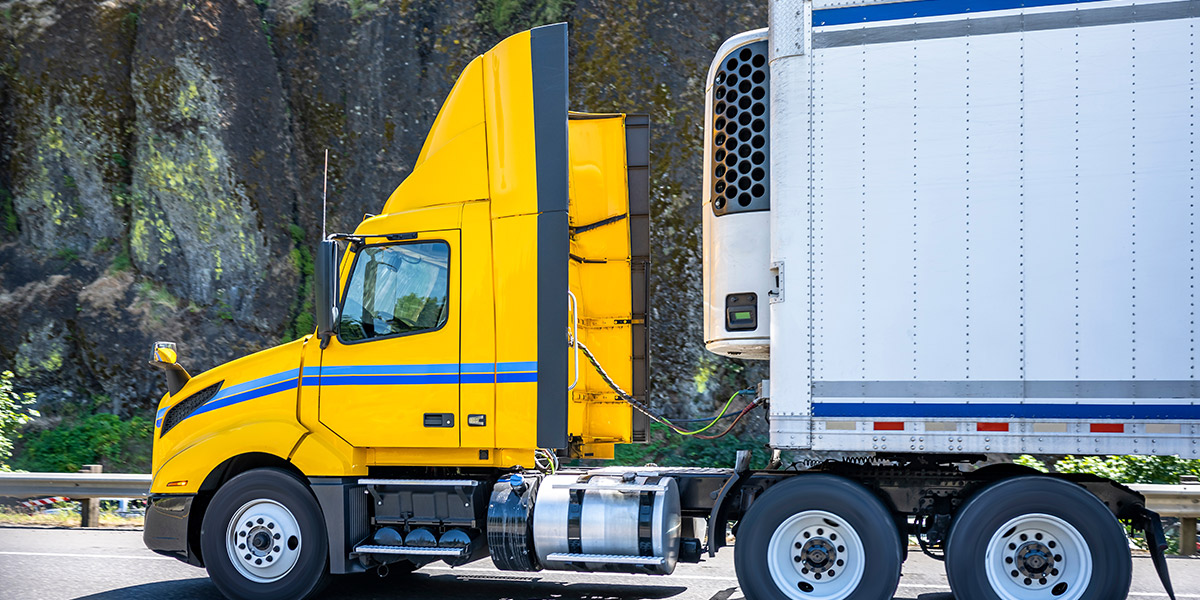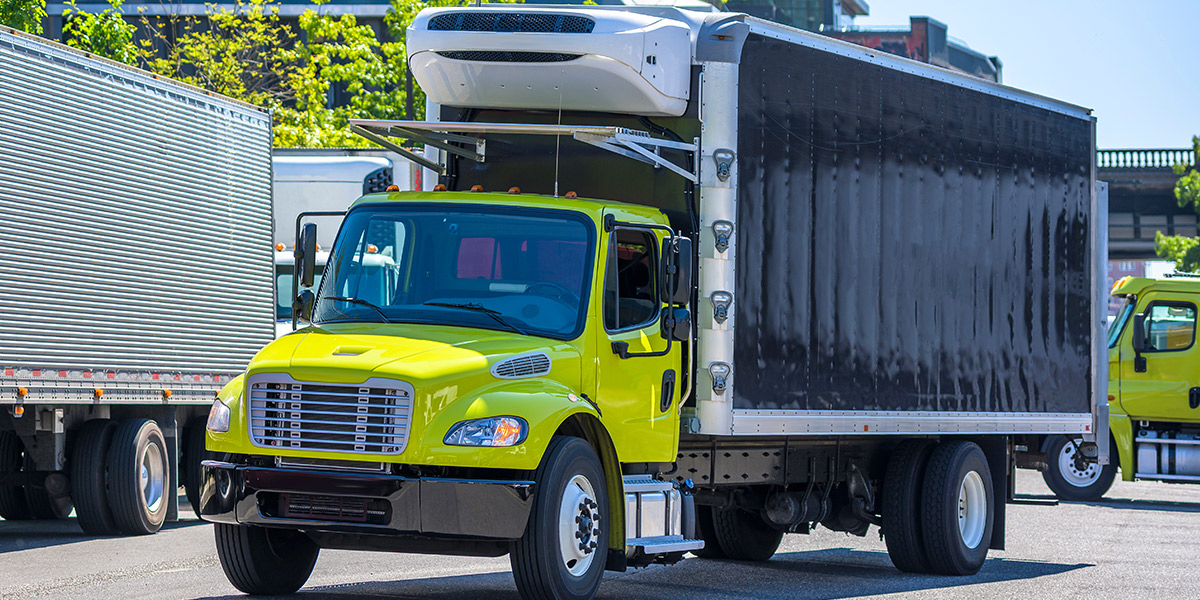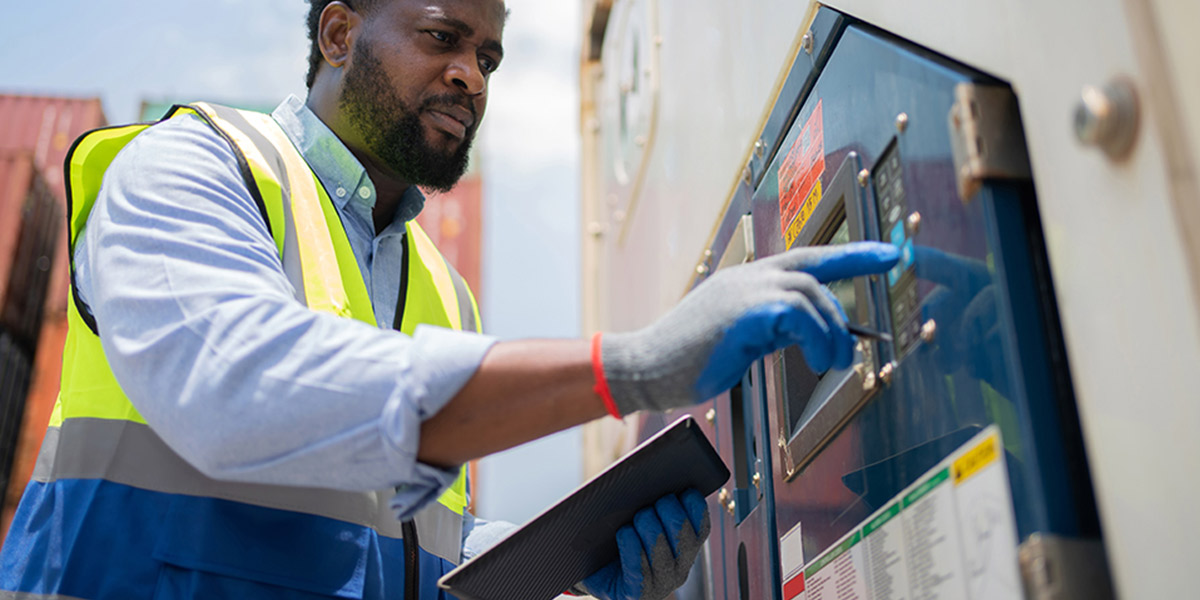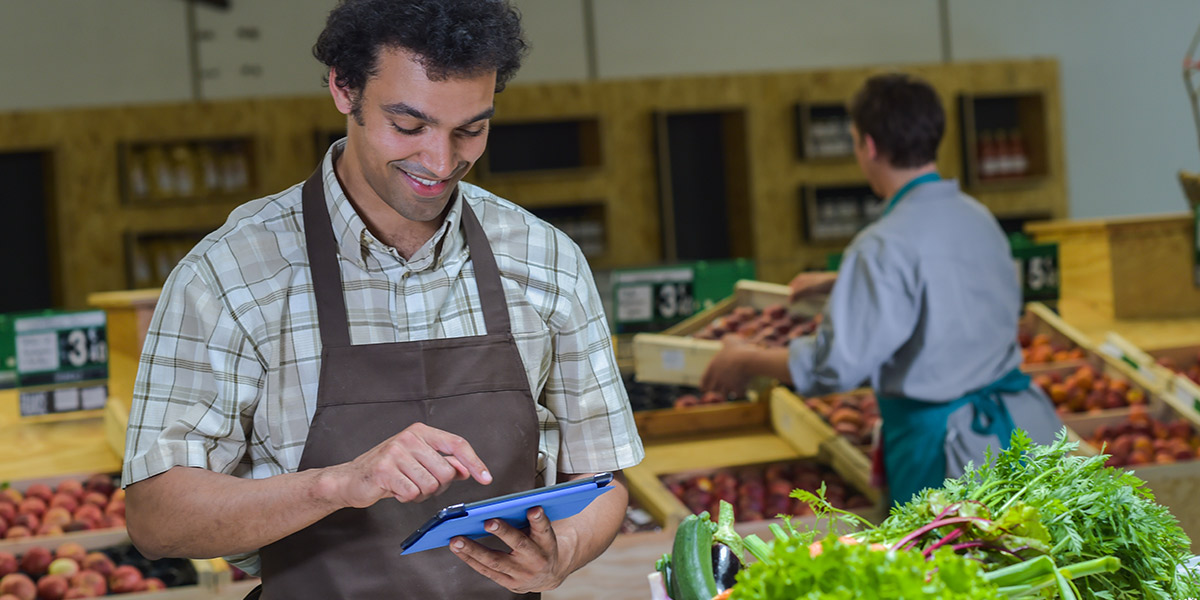Everyone in the cold chain needs to ensure food stays at a safe temperature – a challenge that grows more difficult as more parties are responsible for handling and transporting.
To the uninitiated, transporting food from its source to end customers would seem to be a straightforward endeavor. But those in the food and transportation industries understand that it is anything but straightforward. A complex modern cold chain involves many parties and people, with food passing through multiple hands and multiple environments.
In this complexity lies the risk to keeping food at a safe temperature and to ensuring your company remains FSMA compliant. Managing that risk is a necessity, whether you control the entire cold chain – loaders, shippers, carriers, receivers – or rely on a network of partners.
But while managing food temperature across an entire food chain is a challenge, it basically boils down to how you answer these questions.
Can you identify the most vulnerable points in your supply chain? The first step in ensuring compliance is understanding where along the chain breakdowns are most likely to occur and where food temperatures are most likely to reach unsafe levels. Good places to look are times when reefer doors are opened or when food will be left unattended, such as at a terminal or distribution center during weekends or other off hours.
Does everyone understand their role in maintaining food safety and compliance? Everyone involved in the handling or transporting of food needs to understand how their decision-making and behavior can put food – and your company’s compliance – at risk. Usually, these poor decisions or actions are because individuals don’t fully understand what they should do or why they should do it. Training and ongoing communication about food safety can go a long way to creating greater awareness and responsibility.
Are you doing everything to ensure compliance across the entire cold chain? There is no unimportant part of the cold chain when it comes to compliance and food safety. Your efforts to maintain safe temperatures need to take every step into account. If the result is that food spoils or you are faced with the significant costs associated with non-compliance, overlooking even one part of the cold chain can have the same effect as doing nothing.
Do they have access to the technology to help them do their part? Modern temperature monitoring technology is the best, most dependable way to stay compliant. Easy to install and use monitors provide continual readings of food and ambient temperatures. When these monitors are connected into a robust telematics platform, all stakeholders can track temperatures and be alerted when food temperatures approach unsafe levels. When you empower your people with this technology, you make it much easier for them to do their jobs.
A Big Responsibility
Food safety and compliance aren’t automatic. You have to monitor temperatures across the entire cold chain. It’s a big responsibility, but one that is easier to uphold with the right knowledge, the right approach, and the right technology.










